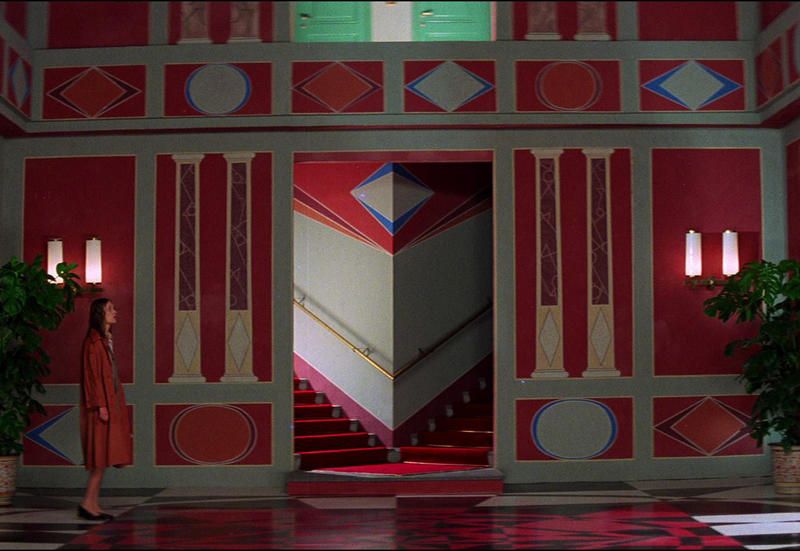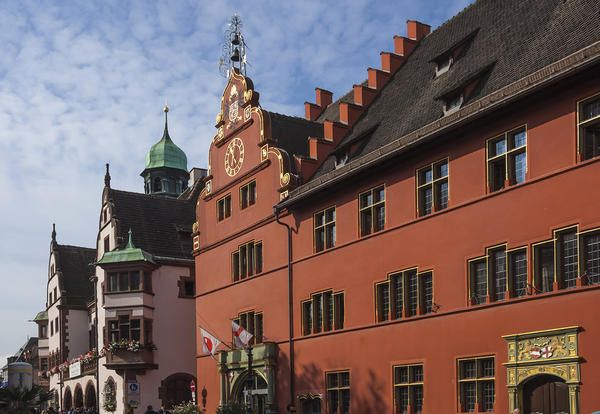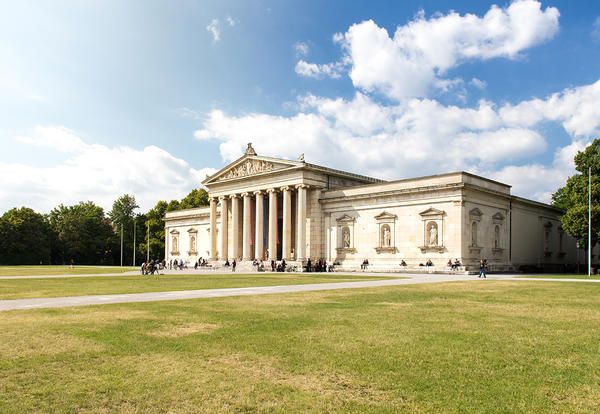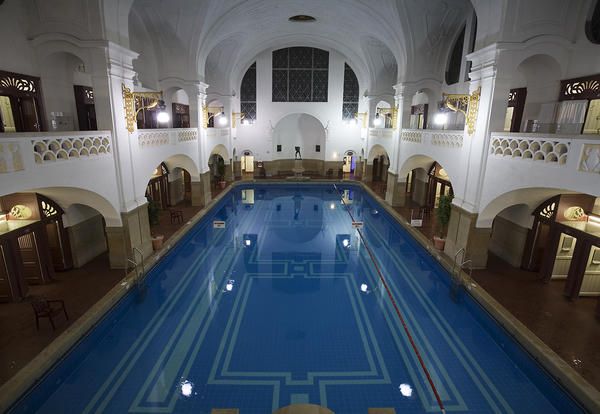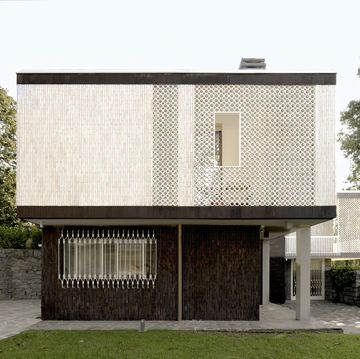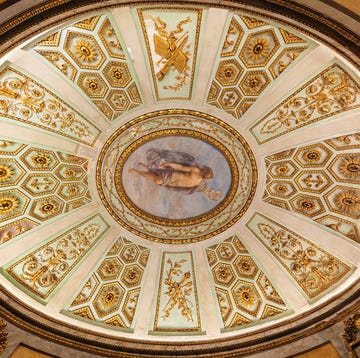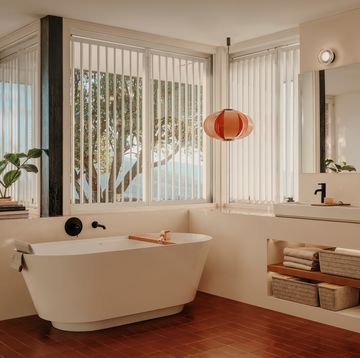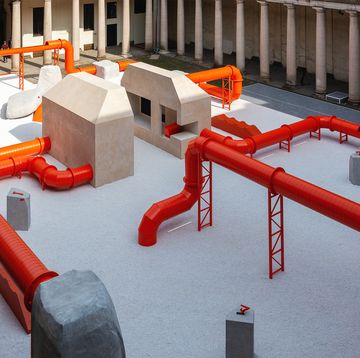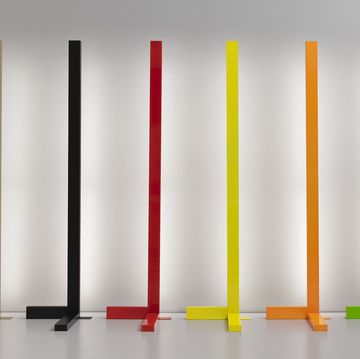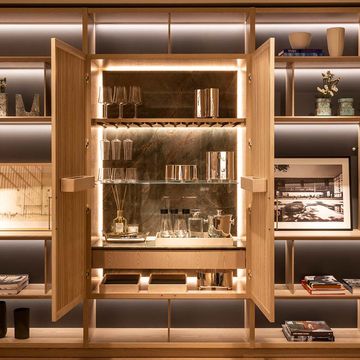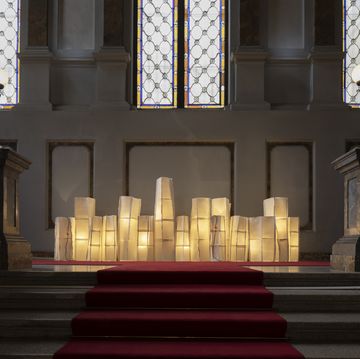After the truly touching “Call Me by Your Name”, Luca Guadagnino is ready to make us scream our brains out with his own remake of Suspiria, Dario Argento’s horror masterpiece tracing back to 1977 and now soon to be given new life by a stellar cast including Dakota Johnson (in the leading role), Tilda Swinton, and Chloë Grace Moritz.
Suspiria is all about American ballet student Susy Bannion who arrives in Germany to attend a prestigious dance academy only to find herself thrown into a world of witches, black magic, killings, and rivers of blood.
More than the plot, it was the film locations to make the movie gain a foothold in the Olympus of horror cinema. Suspiria is indeed a monochrome movie with magenta stealing the stage inside gothically Art Nouveau interiors enriched with the works of British illustrator Aubrey Beardsley and Dutch artist Escher.
Luciano Tovoli, one of Italy’s greatest cinematographer, created lurid hues of blue and red through the use of large carbon arc lights and by employing coloured fabric scraps instead of the more traditional gel filters: this way, he managed to turn Suspiria into a stunning canvas, while bringing actors closer to the light sources and thus spread a vibrant chromatic palette throughout the whole set.
Out in cinemas Fall 2018, the remake by Luca Guadagnino is already being giving headache to Quentin Tarantino, it being a self-declared “tribute to the emotional experience the director had watching the film”.
To this end, Guadagnino decided to set his version in 1977’s Berlin and shot the majority of film scenes in Varese so to make the most of the city’s early-19th century Liberty architecture: Grand Hotel Campo dei Fiori – first built in 1908 by Giuseppe Sommaruga, later dismissed in 1968 and currently in state of half-abandonment – will be home to the dance academy, and further scenes will be located in the basement of Giardini Estensi, an underground shelter created during WWII in the emergence of aerial bombings.
While waiting for Suspiria 2.0, we managed to re-watch the original and pencil down a short itinerary across Dario Argento’s best-loved film locations.
The prestigious Academy of Freiburg – a university city in south-western Germany, located only a few kms away from the Black Forest – boasts an impressive red/gold façade which was replicated as a studio set by copying the Haus Zum Walfisch located on Franziskanerstrasse in the Old Town: the building was once the abode of Desiderius Erasmus of Rotterdam, the Renaissance theologian and humanist, and now houses a bank.
After his companion dog supposedly bites a kid, blind piano player Daniel runs away to drown his sorrows in one of Munich’s oldest beer halls, featured in a 1896’s townhouse (where Mozart is said to have written Idomeneo).
When drinks are over, he crosses a huge deserted square – nothing but Königsplatz, the centre of Munich’s cultural district – whose paved flooring portrayed in the film is now a much more comfy grassy space.
One more gorgeous location is the Art Nouveau swimming pool where Suzy and her friend discuss Pat’s murder: it is the Müller’sches Volksbad, originally built by engineer Karl Müller who donated it to the city on the strict condition that the venue was used by the poor.
Lastly, here comes the “convention house” outside which Suzy catches up with psychiatrist Dr Mandel and discovers the academy’s terrifying, occult past. The four cylindrical towers are the BMW Tower, one of Munich’s major landmarks designed by Austrian architect Karl Schwanzer.
